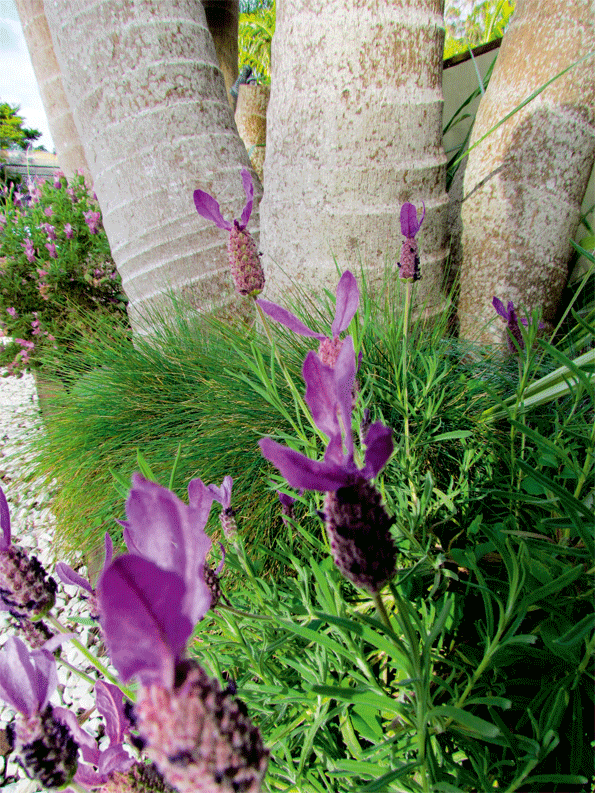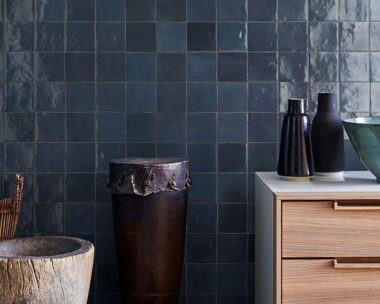I reckon the US are world leaders when it comes to jumping on bandwagons, and while that’s sometimes not positive, it can have its upside. Creating healing gardens is an example.
These initiatives can be found all over America (and, to be fair, in New Zealand and elsewhere in the world) in a variety of institutions, including substance abuse treatment centres, outpatient clinics, long-term care facilities, hospices and retirement homes, as well as in botanic gardens and arboreta.
And the stories about how they came into being are very heart-warming and inspirational.
If you thought men only got involved in charities such as Rotary and Lions, think again. In Cleveland, a men’s garden club worked with homeless women in temporary housing to create the Serenity Garden, a therapeutic green space which has replaced the bleak asphalt paving that filled the backyard of the facility. The change must have been extraordinary.
In Massachusetts, a lovely nonprofit organisation called Hope In Bloom installs gardens at no cost, at the homes of women undergoing treatment for breast cancer.
Each garden is developed specifically to suit the home and lifestyle of the recipient, to give them a tranquil place to escape from the world of doctors, hospitals and sickness.
Cynics may question the clinical value of healing gardens, but doctors at the Jupiter Medical Center in Florida found that cardiology patients who had a view its healing garden from their room took less pain medication and had shorter hospital stays than those patients who could not see the garden.
If you have in mind getting a group together to establish a healing garden, or even planting one at home, find out everything you need to know at the Therapeutic Landscapes Database. Simply pop online and visit: healinglandscapes.org
Lavender
Lavender is a good choice for a healing garden. It’s easy to grow, is wonderfully fragrant, and its colours are said to have a calming effect.

Echinacea
Echinacea (coneflower) is known as an immune system booster, and is also planted in healing gardens because it blooms for weeks, requires little maintenance, and attracts butterflies and birds.

Thyme
A popular treatment, thyme has a number of uses. The flowers, leaves and oil are used for the treatment of bed-wetting, stomach upset, arthritis, colic, sore throat, bronchitis and much more.





